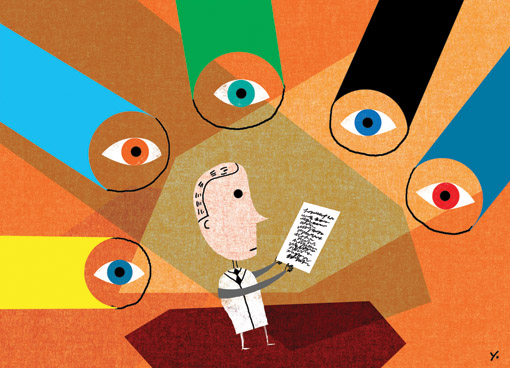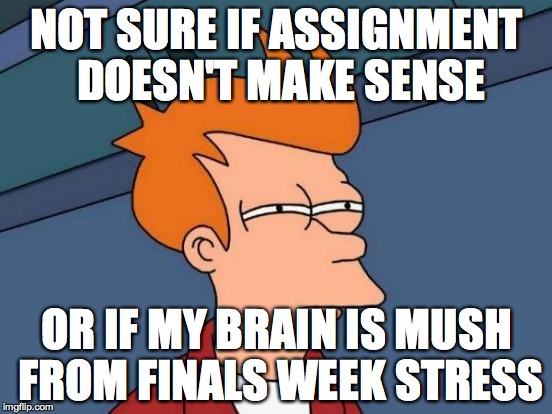Tip of the day: Concrete steps for revising from the Writing Center at U of N. Carolina - Chapel Hill
What steps should I use when I begin to revise?Here are several things to do. But don’t try them all at one time. Instead, focus on two or three main areas during each revision session.Wait awhile after you’ve finished a draft before looking at it again. The Roman poet Horace thought one should wait nine years, but that’s a bit much. A day—a few hours even—will work.When you do return to the draft, be honest with yourself, and don’t be lazy. Ask yourself what you really think about the paper.As The Scott, Foresman Handbook for Writers puts it, “THINK BIG, don’t tinker” (61). At this stage, you should be concerned with the large issues in the paper, not the commas.Check the focus of the paper: Is it appropriate to the assignment? Is the topic too big or too narrow? Do you stay on track through the entire paper?Think honestly about your thesis: Do you still agree with it? Should it be modified in light of something you discovered as you wrote the paper? Does it make a sophisticated, provocative point, or does it just say what anyone could say if given the same topic? Does your thesis generalize instead of taking a specific position? Should it be changed altogether? ...Think about your purpose in writing: Does your introduction state clearly what you intend to do? Will your aims be clear to your readers?
If you want help putting those steps into action, just reply here or book an appointment with us by clicking this link!
-Sara







